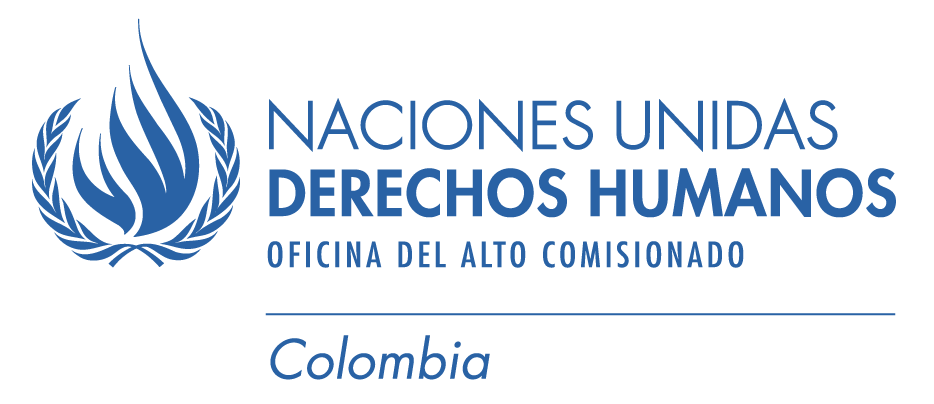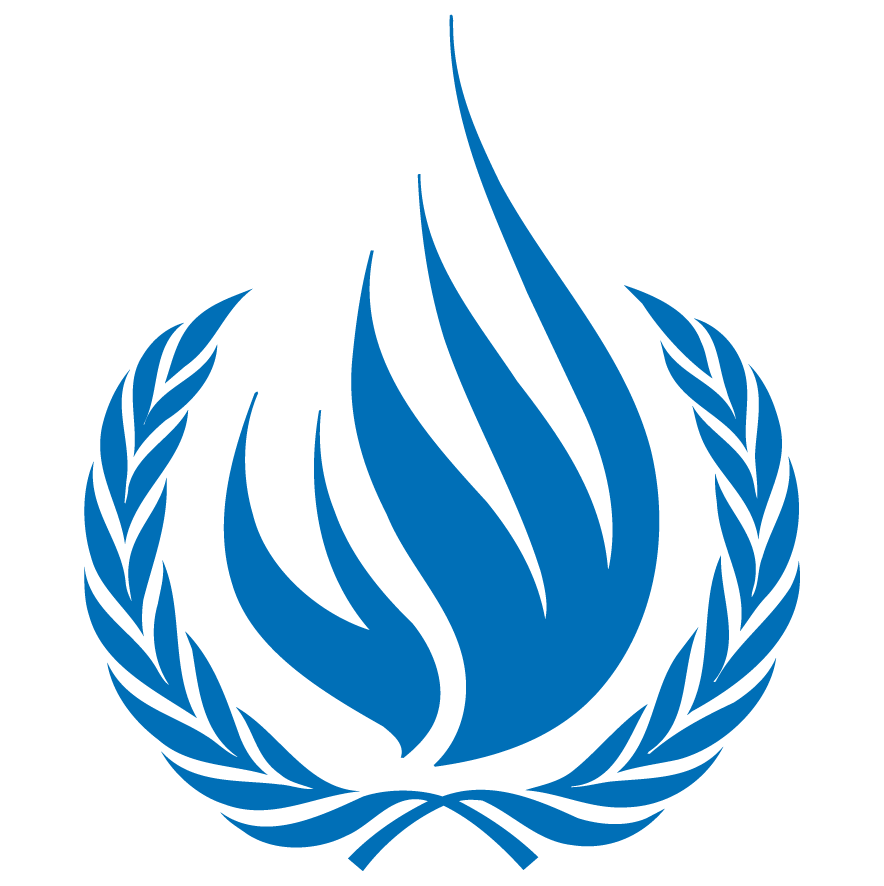Distr. GENERAL 15 March 1994 ORIGINAL: ENGLISH
COMMITTEE ON THE ELIMINATION OF DISCRIMINATION AGAINST WOMEN
Thirteenth session
SUMMARY RECORD OF THE 250th MEETING
Held at Headquarters, New York, on Monday, 31 January 1994, at 10 a.m.
Chairperson: Ms. CORTI
CONTENTS
Consideration of reports submitted by States parties under article 18 of the Convention (continued)
________________________________________________________________________________
This record is subject to correction.
Corrections should be submitted in one of the working languages. They should be set forth in a memorandum and also incorporated in a copy of the record. They should be sent within one week of the date of this document to the Chief, Official Records Editing Section, Office of Conference Services, room DC2-794, 2 United Nations Plaza.
Any corrections to the records of the meetings of this session will be consolidated in a single corrigendum, to be issued shortly after the end of the session.
94-80222 (E) /…
The meeting was called to order at 10.15 a.m.
CONSIDERATION OF REPORTS SUBMITTED BY STATES PARTIES UNDER ARTICLE 18 OF THE CONVENTION (continued)
Revised combined second and third periodic reports of Colombia (CEDAW/C/COL/2-3, Rev.1)
1. At the invitation of the Chairperson, Ms. Arango, Ms. Prieto, Mr. de la Espriella and Ms. Marino de Nule (Colombia) took places at the Committee table.
2. Ms. MARINO de NULE (Colombia), after reading out a letter from the President of the Republic of Colombia, said that her introduction of the combined second and third periodic reports would focus on the progress achieved since the submission of the first report in 1987. In 1990, the CEDAW Coordination and Control Committee had been established to assist government agencies in combating discrimination, monitoring compliance with the law and coordinating activities to promote and guarantee the participation of women in all spheres of public life. Although its establishment showed the Government's intent to provide coordination for women's affairs, its effectiveness had been limited by its weak institutional structure. The current administration had established the Presidential Council for Youth, Women and the Family in order to promote a new model for social development focusing on gender and age. The Presidential Council was part of the State administrative structure and reported to the President of the Republic. Its four basic functions were to define policy, to set out technical guidelines for its implementation in State agencies, to promote social programmes on an equal basis with economic programmes and to coordinate the activities of ministries, institutes, regional and non-governmental organizations. Because it had been established by presidential decree, steps were being taken to ensure its continuation after the current administration had left office.
3. The members of the Presidential Council were appointed by the President of the Republic. Its staff included a national technical coordinator and a coordinator for each population group. It defined policies and programmes for women and coordinated activities with other government sectors so that all development programmes had a gender perspective. The Council had become a focal point for women's activities, and it seemed unlikely that the new administration to be elected during 1994 could reverse those circumstances. In fact, the main presidential candidates were considering various structures for a national office for women. The Council received financial supp




